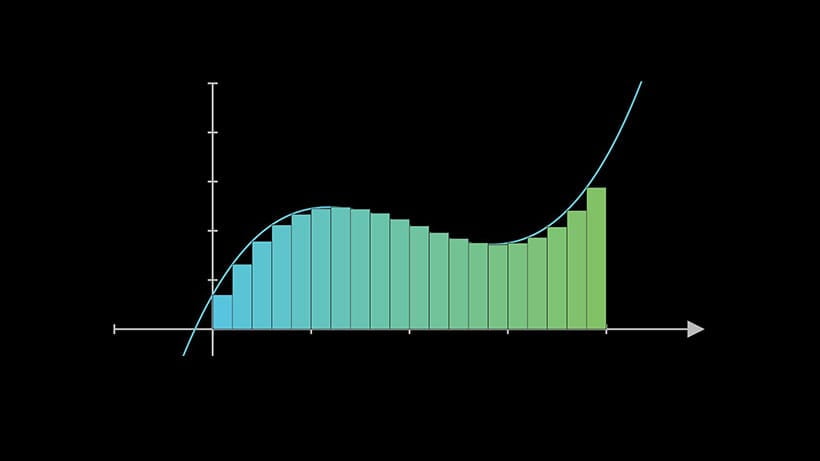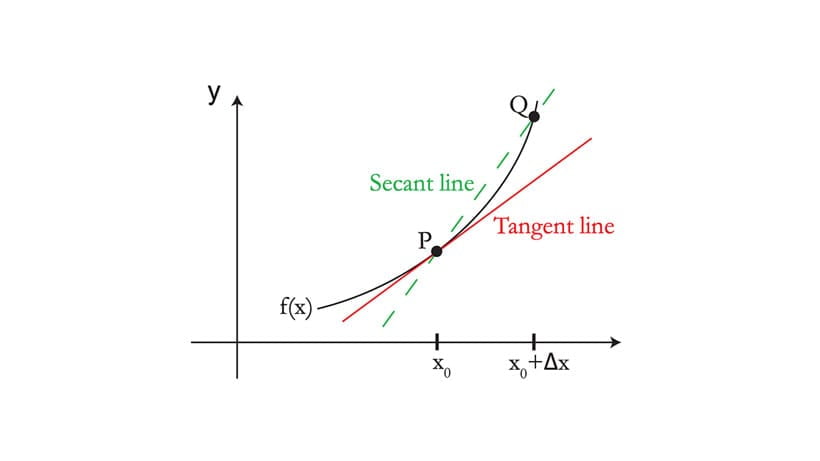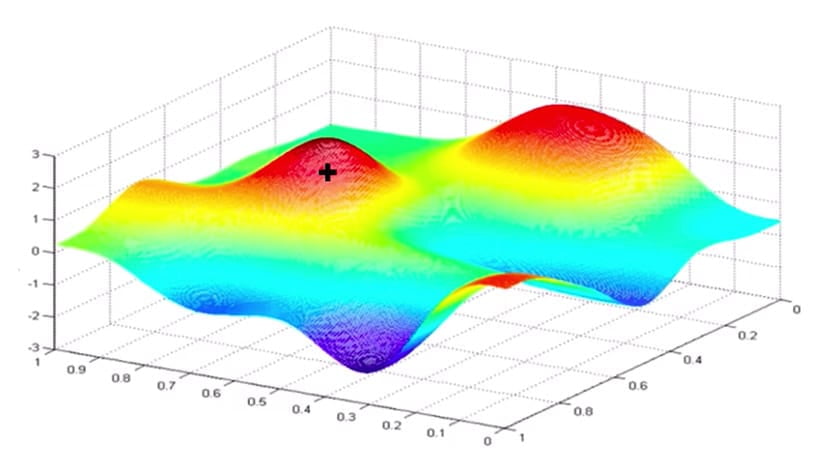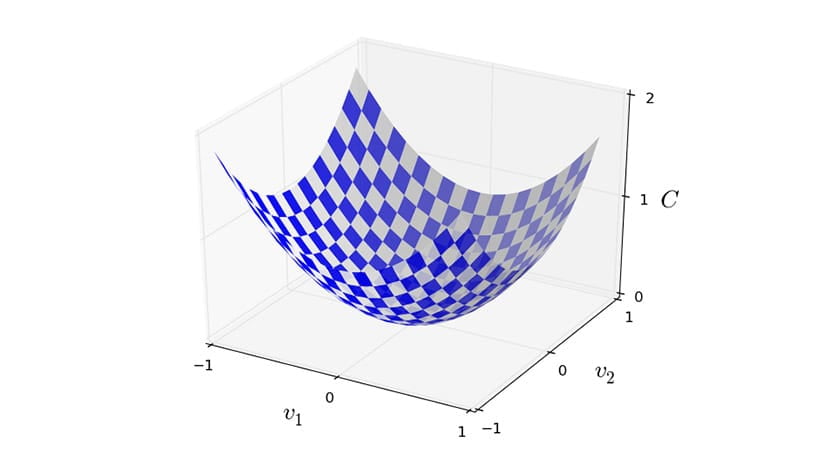Machine learning teorico e avanzato con TensorFlow
Prima di iniziare con i materiali didattici di seguito, assicurati di:
Completa il nostro curriculum Nozioni di base sull'apprendimento automatico con TensorFlow o possiedi una conoscenza equivalente
Avere esperienza nello sviluppo di software, in particolare in Python
Questo curriculum è un punto di partenza per le persone che desiderano:
Migliorare la loro comprensione del ML
Inizia a comprendere e implementare i documenti con TensorFlow
Prima di continuare, dovresti già avere una conoscenza di base di come funziona il machine learning o aver completato i materiali didattici nel curriculum per principianti Nozioni di base sull'apprendimento automatico con TensorFlow . Il contenuto seguente ha lo scopo di guidare gli studenti verso contenuti di machine learning più teorici e avanzati. Vedrai che molte delle risorse utilizzano TensorFlow, tuttavia, la conoscenza è trasferibile ad altri framework ML.
Per approfondire la tua comprensione del machine learning, dovresti avere esperienza di programmazione Python e conoscenze di calcolo, algebra lineare, probabilità e statistica. Per aiutarti ad approfondire le tue conoscenze sul machine learning, abbiamo elencato una serie di risorse e corsi consigliati dalle università, oltre a un paio di libri di testo.
Passaggio 1: aggiorna la tua comprensione dei concetti matematici
Il ML è una disciplina matematica pesante. Se prevedi di modificare modelli ML o di crearne di nuovi da zero, è importante avere familiarità con i concetti matematici sottostanti. Non è necessario imparare tutti i calcoli in anticipo, ma puoi invece cercare concetti con cui non hai familiarità man mano che li incontri. Se è passato un po' di tempo dall'ultima volta che hai seguito un corso di matematica, prova a guardare le playlist Essence of linear algebra e Essence of calculus di 3blue1brown per rinfrescarti le idee. Ti consigliamo di continuare frequentando un corso presso un'università o guardando lezioni ad accesso aperto del MIT, come Algebra lineare o Calcolo a variabile singola .

Una serie di brevi video visivi di 3blue1brown che spiegano la comprensione geometrica di matrici, determinanti, elementi degli autonomi e altro ancora.

Una serie di brevi video visivi di 3blue1brown che spiegano i fondamenti del calcolo infinitesimale in modo da darti una profonda comprensione dei teoremi fondamentali e non solo di come funzionano le equazioni.

Questo corso introduttivo del MIT copre la teoria delle matrici e l'algebra lineare. Viene data enfasi ad argomenti che saranno utili in altre discipline, inclusi sistemi di equazioni, spazi vettoriali, determinanti, autovalori, somiglianza e matrici definite positive.

Questo corso introduttivo al calcolo del MIT copre la differenziazione e l'integrazione di funzioni di una variabile, con applicazioni.





